COP15 webinar: a retrospective and what the outcomes mean for businesses in 2023
Speakers discussing the implications of the Global Biodiversity Framework for business at Business for Nature and Accenture’s webinar.
“No one of us is being asked or can indeed solve this alone. But every one of us is being asked now to contribute. So, either we will all reach the goals of the global biodiversity framework, or none of us will.”
This panel discussion, co-hosted by Accenture and Business for Nature, unpacks the Kunming – Montreal Agreement that was adopted at COP15 last December. The panelists, including representatives from IKEA, Salesforce and the World Economic Forum share their perspectives and thoughts on what the outcomes mean for business and how they can already start setting clear targets to protect, restore and sustainably use nature.
Our main takeaways from the webinar:
No one organization can embark on this journey alone. Collaboration, with people at the center, needs to be at the heart of action to ensure we rapidly deliver effective, long-lasting change.
Technology can play a critical role in helping companies understand their nature footprint and transform their business models. VP of Climate Action at Salesforce, Tim Christopherson talked about developing a culture of “eco-preneurs” that are tapping into industry gaps to find impactful solutions to address climate change, nature loss and inequality.
Companies have a key role in inspiring and educating consumers. Ikea’s Head of Sustainability Supply, Christina Niemelä Ström, talked about the fact companies have a responsibility to make sustainable products affordable, desirable and available as well as being transparent about where and how raw materials are being sourced. In turn, this can influence consumers and lead to more sustainable and nature-based choices.
The strong outcomes from COP15 also filtered through to the World Economic Forum’s Annual Meeting in Davos where there was more discussion on nature than ever before. Indeed, one-fifth of all official sessions at the World Economic Forum and half of all the affiliated sessions were nature and climate-themed. That doesn’t mean we can be complacent though, as the WEF’s Community Lead, Xinqing Lu shared – while nature and biodiversity are catching up with climate change, there is much work still to be done. Including, for example, educating investors and boardrooms on nature. This will require integrated solutions to accelerate action and tackle some of the bigger challenges businesses will need to overcome including fear of greenwashing, capacity building, transparency, and a lack of data. But as Tim Christopherson put it: “We have the solutions. We have now a framework. We have a lot of business interest. So, we need leadership at all levels, help each other out and share knowledge.”
“So how do we not get paralyzed by this, this big framework? Companies can start now, and they can learn by doing and learn along the way. These actions also need to be synergistic with net zero goals and climate actions, and they need to now be integrated into companies transition plan”
“Hopefully COP15 in Montreal will be a real turning point in our relationship with nature and will be the platform for us delivering collaboratively across sector a more equitable net zero and nature positive future.”
To help companies and governments progress with implementation of the Global Biodiversity Framework, Business for Nature has produced a longer analysis on the role of business and finance, as set out in Target 15. The overall objective of Target 15 is to ensure that businesses and financial institutions reduce their negative impacts and increase positive impacts in line with the GBF’s mission to halt and reverse biodiversity loss by 2030. While reaching this objective will require new levels of reporting, investment and collaboration, support is at hand through increasingly standardized tools, and business leaders can refer to the High-Level Business Actions on nature and the discussion paper How business and finance can contribute to a nature positive future now to take the next steps on their nature positive journey.
Read our analysis of Target 15
Read Business for Nature’s analysis which expands and consolidates our initial reaction to Target 15. Its purpose is to inform and update stakeholders on our assessment of the level of ambition within Target 15, what businesses can expect to happen next, and the actions business and finance can take.


